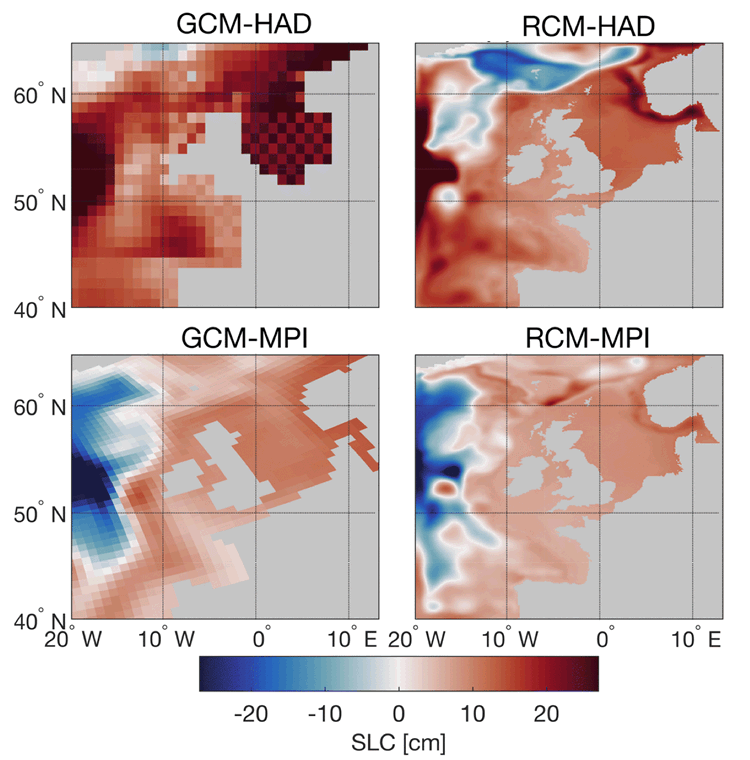A.B.A. Slangen1*
1 NIOZ,
Introduction
Sea-level change is the result of changes in many different components of the climate system: the ocean, the land, the atmosphere and the cryosphere. Studying sea-level change and its consequences for coastal systems and communities therefore requires a complete and integrative view of the climate system on a range of spatial and temporal scales.
Projections
In my presentation, I will introduce the different processes that contribute to sea-level change and show how we can use models to project future sea-level changes. We will have a look at recent sea-level projections worldwide, from SROCC, before zooming in at the Dutch coast, and specifically in the Wadden Sea. I will also discuss examples of sea-level change impacts at the coast, such as the change in sea-level extremes.
Developments
There are different ways in which sea-level projections will be evolving in the coming years. For instance, there will be new climate model runs becoming available within the CMIP6 framework. Ice sheet models are developed and compared in the ISMIP6 framework. In addition, high-resolution models of sea-level rise might give a more detailed view of changes along the coast. Some of these developments will already be considered in the forthcoming IPCC AR6 report.

Figure 1 Sea-level change for the RCP8.5 scenario (1980-2005 average vs 2074-2099 average, cm), in 2 global climate models, HadGEM2-ES and MPI-ESM-LR (left) and downscaled with the AMM7 regional ocean model (right). Adapted from Hermans et al., 2020.
I. Surname1*, F.N. Another-Surname2 , Y. Next-Surname2
1 University Name, Country; 2 Organization Name, Country
* Corresponding author: mail.name@organization.org


